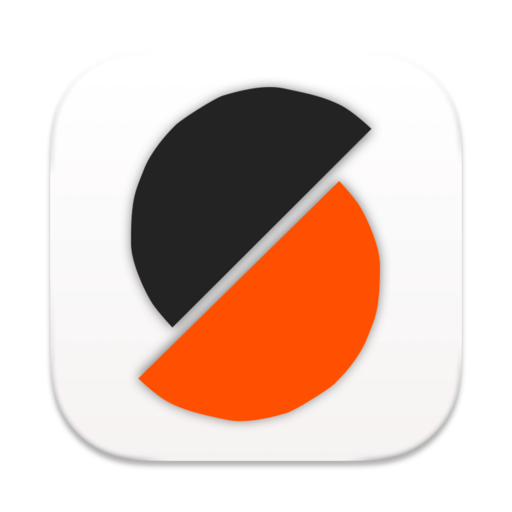Slicers
OrcaSlicer

What is it?
OrcaSlicer is an open-source slicer for 3D printers. It is based on Bambu Studio, which is itself based on PrusaSlicer. OrcaSlicer is designed to be compatible with a wide range of 3D printers, including the Prusa MK3S+, Bambu Lab X1 Carbon, and Voron 2.4.
Brief history
OrcaSlicer was first released in 2023 by SoftFever, a group of developers who are passionate about 3D printing. SoftFever's goal is to create a slicer that is easy to use and produces high-quality prints.
Technical details
OrcaSlicer includes a number of features that make it a powerful and versatile slicer. Some of these features include:
- Support for a wide range of 3D printers
- A user-friendly interface
- A variety of slicing algorithms
- Advanced slicing features, such as Arachne perimeter generation and Pressure Advance calibration
- Support for multi-material printing
Reference links
Other pertinent information
OrcaSlicer is still under development, but it has already become a popular choice for many 3D printer users. It is particularly popular with users of Bambu Lab printers, as it offers a number of features that are not available in the stock Bambu Studio slicer.
Conclusion
OrcaSlicer is a powerful and versatile slicer that is compatible with a wide range of 3D printers. It is still under development, but it has already become a popular choice for many 3D printer users.
Ultimaker Cura vs. SuperSlicer vs. PrusaSlicer: A Comparative Overview of 3D Printer Slicers
Ultimaker Cura

What is Ultimaker Cura?
Ultimaker Cura is an open-source slicing software that prepares 3D models for printing. It's developed by the company behind the Ultimaker series of 3D printers but supports a wide variety of printer models.
Brief History
Originally known just as Cura, it was developed by David Braam, who was later hired by Ultimaker to further the software's development.
Technical Details
- User Interface: Known for its intuitive and user-friendly interface.
- Marketplace: Users can access a marketplace for plugins and profiles, extending the slicer's functionality.
- Integration: Offers integration with CAD software for direct 3D printing.
Official Ultimaker Cura Site
SuperSlicer

What is SuperSlicer?
SuperSlicer is a fork of PrusaSlicer and offers a set of extended features and tweaks. It's developed by the community and focuses on advanced and expert users seeking more granular control over their prints.
Brief History
Born from the need for extended features not present in the main PrusaSlicer branch, SuperSlicer is a collaborative effort of the community.
Technical Details
- Extended Features: Offers features not available in PrusaSlicer, such as ironing, dynamic speed changes, and more.
- Customizability: Aimed at those who want granular control over slicing parameters.
Official SuperSlicer GitHub Page
PrusaSlicer

What is PrusaSlicer?
PrusaSlicer, originally a fork of Slic3r, is an open-source slicer developed by Prusa Research. Tailored primarily for Prusa 3D printers, it supports a wide range of third-party printers.
Brief History
Seeing the need for improvements in the original Slic3r software, Prusa Research decided to fork and optimize it for their printers, eventually leading to the creation of PrusaSlicer.
Technical Details
- User Interface: Offers a modern, user-friendly interface with regular updates.
- Printer Profiles: While tailored for Prusa printers, it comes with built-in profiles for many other printers.
- Advanced Features: Includes features like paint-on supports and variable layer heights.
Official PrusaSlicer Site
In Comparison
Each of these slicers offers a unique set of features:
- Ultimaker Cura is renowned for its user-friendly interface and extensive user base, making it easy to find resources and community support.
- SuperSlicer appeals to advanced users seeking features beyond standard slicers, with a focus on granular control and optimization.
- PrusaSlicer bridges the gap by offering a combination of user-friendly features while retaining advanced functionalities, with the added advantage of being optimized for the popular Prusa line of printers.
Choosing between these slicers often comes down to personal preference, printer compatibility, and the specific features one values most in their 3D printing workflow.